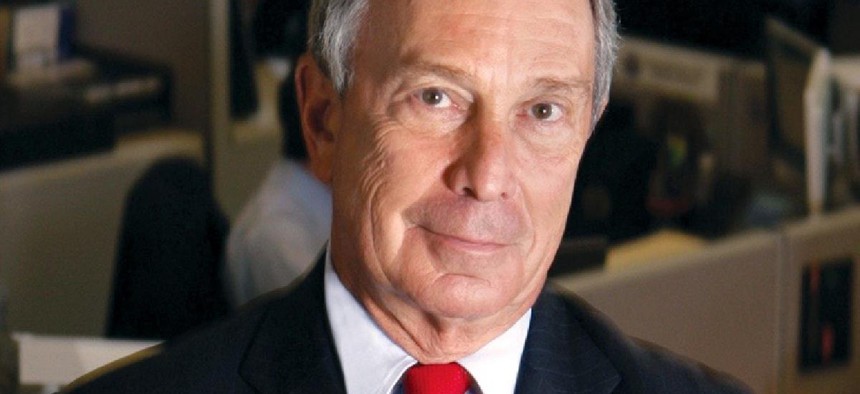Three years ago, City & State did a feature on the top 10 mayors in New York City history. An independent panel of historians and political scientists ranked Michael Bloomberg No. 2 on that list (behind Fiorello La Guardia), and several panelists gave him first-place votes, a notable achievement given that Bloomberg was still finishing out his third term at the time. I bring this up because three years later, for better or worse, the biggest city in the United States still looks like Bloomberg’s New York.
New York City has a tendency to frustrate even the nimblest and sharpest of politicians. The sheer magnitude of managing a city of 8.5 million people requires a leader with thick skin, big ideas and a sizable ego. When Bloomberg entered office in 2001, an unlikely victor as a billionaire Democrat-turned-Republican, it was clear he had the latter quality, but was largely a mystery when it came to dealing with an overbearing press corps or projecting a policy-driven mayoralty.
But arguably it was Bloomberg’s elitist hubris and wealth that helped inoculate him from the brush fires and political squabbles that have bogged down his successor, Bill de Blasio. After all, when you are willing to spend $100 million of your personal wealth to get re-elected, it removes the need to set a legislative agenda out of political expediency.
Consider that perhaps the most impactful aspect of Bloomberg’s legacy – a commitment to the environment and lowering the city’s carbon footprint – is an issue that, by definition, requires vision beyond four-year election cycles. Banning smoking in public spaces was a fairly unpopular battle for a first-term mayor to take on, as was making the tough but necessary decision to raise taxes by $3 billion in the wake of 9/11, with the city’s economy struggling to rebound from the attacks. These measures made it immediately clear that ideology would not drive the Bloomberg administration as much as making public service more efficient.
To the latter point, Bloomberg’s fingerprints are all over city government, even if they did not make for the sexiest of headlines, from wresting control of the public school system from Albany to modernizing the 311 system to revamping the board of health to tougher choices like his Program to Eliminate the Gap, trimming government spending after the Great Recession. If imitation is the highest form of flattery, the fact that de Blasio, very much to the left of Bloomberg politically, has built off of his predecessor’s successes on the environment and affordable housing development (an unprecedented 160,000-plus units were created or preserved from 2003 to 2013) is a testament to Bloomberg’s ingenuity.
Bloomberg’s legacy was hardly perfect. He was rightfully hammered in the press for the proliferation of stop-and-frisk policing under his watch, a policy that set the stage for a series of legislative police reforms during his third term. And his ending of the Advantage program, which provided rental subsidies for homeless individuals, arguably precipitated the massive number of men and women living on the street that persists to this day.
But it’s nearly impossible for a mayor to survive 12 years in a city as unforgiving as New York without taking a few well-earned punches. It was that ability to endure through criticism and knack for rebounding with bold ideas that allowed Bloomberg to thrive as the larger-than-life mayor the city deserved.
To read more of City & State's 10th anniversary coverage, click here.


